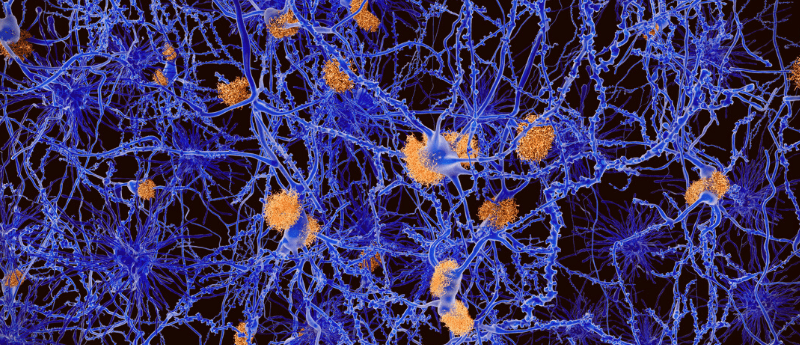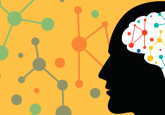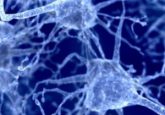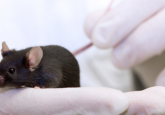Understanding disparities in Alzheimer’s disease: an interview with Renã Robinson

US statistics indicate that older African Americans and Hispanics are 2–3 times more likely to develop Alzheimer’s disease and related dementias than White people. There are many factors that could contribute to these disparities, including socioeconomic factors, comorbidities and genetics.
In this interview, Renã Robinson (Vanderbilt University, TN, USA) discusses her research and the various analytical methodologies that she and her lab use to understand the molecular basis of health disparities in Alzheimer’s. She also discusses her career, challenges she’s faced and her advice to aspiring scientists.
Can you provide us with an overview of your research?
At this point in time, my research has a primary focus of using proteomics and lipidomics methodologies to better understand health disparities and Alzheimer’s disease. We are interested in understanding why a certain population or sub-groups of the general population in the USA have a higher risk and incidence of Alzheimer’s disease. To that, we are trying to understand the link between hypertension, genetic risk factors and other comorbidities like diabetes that are highly prevalent in the African American black community.
In the lab, we develop the analytical methodologies to quantify thousands of proteins simultaneously and in ways that are high throughput, and we also have strategies to study lipids in a targeted way. We study these proteins and lipids in biological tissues, for example plasma, which comes from blood donations or blood tests as part of clinical visits. We can look at post-mortem brain tissue from people that donate their brains to research after they pass away. We also look at cell lines and animal models, which allow us to probe very specific questions in these different models. We have people that develop technologies and then we apply them to biospecimens that come from individuals that have participated in different Alzheimer’s studies within our university as well as other universities and centers across the country.
You can catch this interview in full on Neuro Central here!





